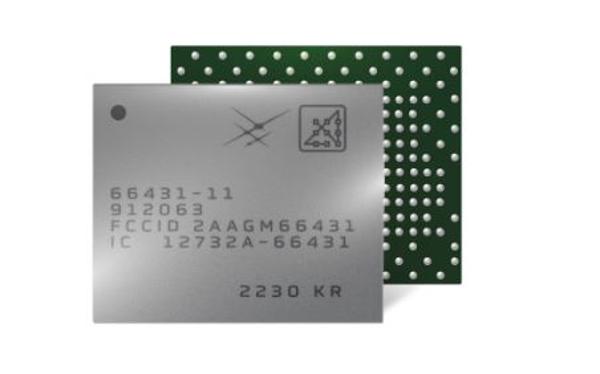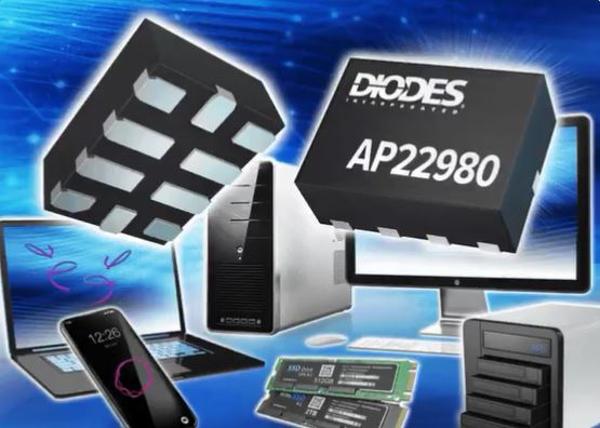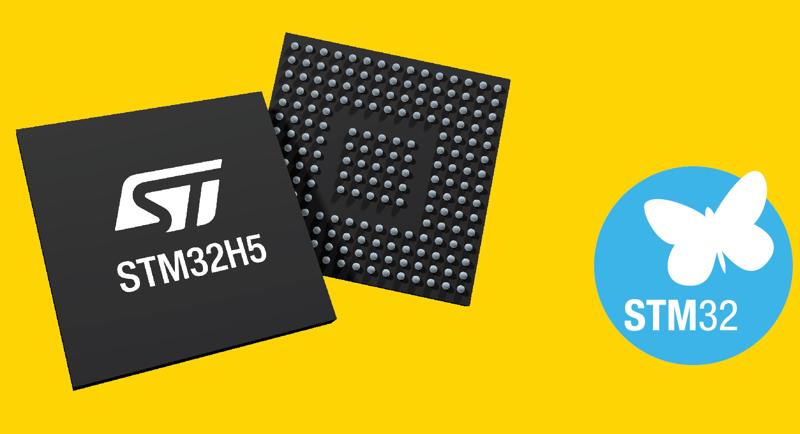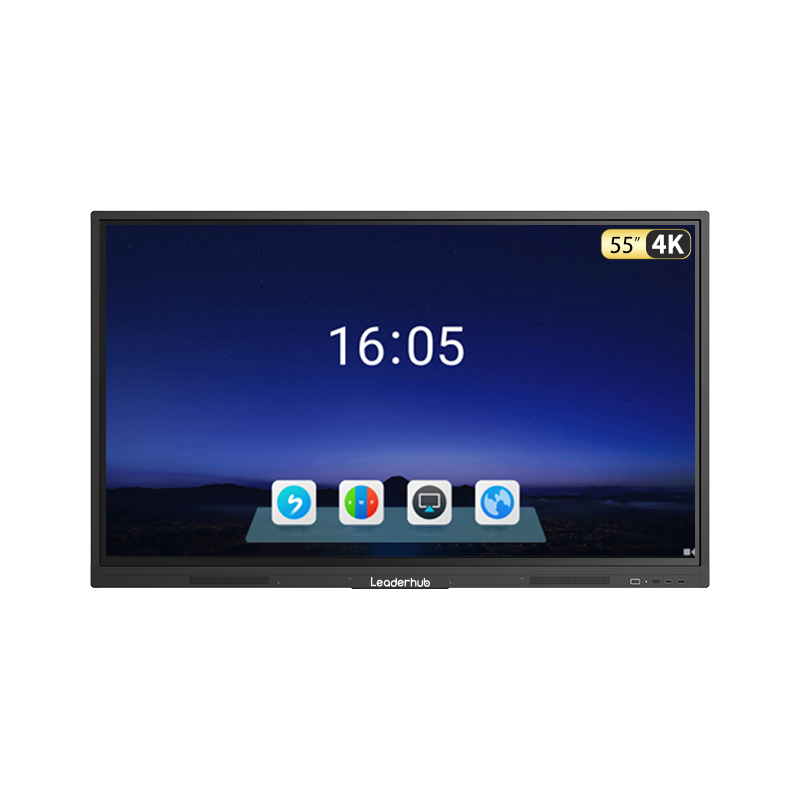
A short primer on optoelectronic transistors, their apps
- Consumer
- 2023-09-23 22:51:21
Optoelectronics, the use of electronic devices for the detection and control of light, has become a preferred means for broadband and transoceanic communication networks. Below is a sneak peek at the basics of optoelectronic transistors, their different types, applications, and the future trends they entail.
What is an optoelectronic transistor
Optoelectronic transistors are semiconductor devices that combine the best of both worlds: electronic transistors that can control and generate light. They take advantage of the properties of semiconducting materials to regulate the flow of both electrons and photons, paving the way for a range of exciting possibilities in future technologies.
An optoelectronic device is essentially a light-related electronic gadget. The transistor is a component of optoelectronics which makes the functioning of the optoelectronic devices efficient.



Optoelectronic transistor working principle
At the heart of a transistor lies a heterojunction. This brings together two semiconducting materials together with complementary electronic and optical properties. This junction forms a device that can efficiently convert one form of signal into another and vice versa. The key principle behind their functioning is the ability to control the density of charge carriers in the semiconductor, thus regulating the flow of both electrons and photons.
Various types of optoelectronic transistor devices and applications
PhotodiodeWhen light strikes the junction of a semiconductor photodiode, it produces a voltage or current. It’s made up of an active P-N junction that is biased in the opposite direction. An electron or hole pair is produced in a semiconductor when a photon with sufficient energy strikes the material. An electric field is created at the junction by the diffusion of electrons.
Applications
Photodiodes are usually used in applications such as cameras, medical equipment, and safety equipment like fire detectors. They are also used in automotive as headlight dimmers, twilight dimmers, sunlight detectors, and climate detectors.
Additionally, aircraft X-rays have gained significant importance in the past years. For instance, in 2022, the Transportation Security Administration seized more than 6,542 weapons from airport patrons, which is a record-high figure since the agency’s creation. At airport security checks, 88% of the firearms seized were loaded. Hence, aircraft X-ray is also an important application that uses photodiode.
Solar cellAn electronic device referred to as a solar cell or photovoltaic cell directly transforms solar energy into electricity. A solar cell creates a voltage and a current to produce electricity when sunlight strikes it. Photons, which make up sunlight, are emitted from the sun. Photons transfer energy to loose electrons when they strike silicon atoms in a solar cell. These high-energy electrons subsequently flow to an external circuit.
Two layers that are struck collectively make up the solar cell. The electrons are prepared to jump from the first layer to the second layer since the first layer is laden with them. Due to the removal of some electrons, the second layer is prepared to accept additional electrons. Solar cells have the benefit of not having a fuel supply or price issue. These require very little upkeep and are quite dependable.
Applications
Solar cells can be utilized for a variety of solar energy-based projects, including rural electrification, telecommunication systems, ocean navigation aids, electric power generation in space, remote monitoring and control systems, and more.
Light-emitting diode (LED)A photon is produced when electrons and holes combine to form a light-emitting diode, a P-N semiconductor diode. The diode emits narrow-spectrum light that is incoherent when it’s electronically biased in the forward direction. The electrons and holes within the LED recombine when a voltage is supplied to its leads, releasing energy in the form of photons.
Electroluminescence is the name given to this phenomenon. It’s the process through which electrical energy is changed into light. The energy band gap of the substance determines the color of the light.
Applications
LEDs have covered a wide range of applications such as phones, digital watches, and automobiles. Its use is also growing in the aviation industry. Additionally, traffic signals, optical communication, and indicator lamps are some of the important applications of LEDs. So, the market for LEDs is set to grow at CARG of 12% by the end of 2035.
Optical fiberAn optical fiber uses total internal reflection to transmit light along its axis. It’s a dielectric waveguide that is cylindrical in shape. A core is enclosed by a cladding layer, both of which are constructed of dielectric materials.
Applications
Due to its flexibility and thinness, optical fiber is used in a variety of tools to view internal body parts by passing through body cavities. Optical fiber is used in surgery, endoscopic, microscope and biomedical lasers. Moreover, high-speed, high-bandwidth HDTV transmissions are delivered through such cables. Fiber optic cable is more affordable than copper wires.
Laser diodeHigh-quality, coherent, directional light comes from lasers, which are sources of light amplified by radiation that is triggered to emit light. It functions in a stimulated emission environment. A laser diode’s purpose is to transform electrical energy into light energy, similar to infrared diodes and LEDs.
Applications
The most widely produced form of laser, laser diodes have a wide range of uses, including fiber optic communications, barcode readers, laser pointers, reading/recording of CD, DVD, and Blu-ray discs, laser printing, laser scanning, and beam lighting.
Furthermore, the preference for green optoelectronics is growing. There is also a growing influence in manufacturing paper-based optoelectronic devices. The paper has played an important role in human civilization as the continuous record bearer of contemporary civilization. As paper production technology has advanced, paper production has increased continuously. Every year, about 299 million tons of paper are produced worldwide.
The primary raw material in paper is cellulose. A diluted solution of cellulose fibers is dehydrated, filtered, compressed, and heated to create traditional paper. Numerous varieties of nano paper have been used in research in recent years. One of them is in optoelectronics. A discrete semiconductor system can sense, correct, amplify, toggle, maintain voltage stability, and manipulate data, among other functions. The organic optoelectronic device is supported well by the movable foundation, which is also essential to the device’s customizable interface.
That has opened opportunities for the manufacturing of organic devices. For instance, the use of organic light-emitting diodes (OLEDs) for projection and illumination has risen. OLED provides several advantages over conventional LEDs, including a wide field of vision, quick response times, and light weight.
The two main methods utilized in paper-based OLED research are building a buffer layer on a platform made of regular paper and using cellulose to create a different kind of platform. The OLED market is estimated to grow at a CAGR of 22% by the end of 2035.
Future trends and prospects of optoelectronic transistors
Optoelectronic transistors have potential across several fields, thanks to their seamless integration of electronic and optical functionalities. Below are some of the fields where these transistors are making notable advancements.
Optical computingBy leveraging transistors, we can create speed and energy for efficient optical computing systems. For manipulating electrons, these transistors harness the power of light to process amounts of data in parallel, providing notable advantages in terms of speed and energy efficiency when compared to traditional electronic circuits.
Optical communicationsOptoelectronic transistors are becoming increasingly important in communication networks as the need for high-speed data transmission grows exponentially. They have the potential to enable the development of optical switches, routers and modulators, facilitating faster and more dependable data transfer.
PhotovoltaicsThe use of optoelectronic transistors in the field of solar energy is increasing. The integration of light absorption, charge generation, and transmission through a single device is paving the way for efficient solar cells. These solar cells are expected to revolutionize the renewable energy sector with easy, stable, and higher conversion efficiency.
Imaging technologiesOptoelectronic transistors have applications in the sensing and imaging technology sector as well. In biomedical imaging devices, these transistors boost weak optical signals by amplifying them. This helps in elevating the performance of the imaging devices.

Related Content
Terahertz Optical Transistors Beat SiliconUniversal purpose optoelectronic logic elementsUnlocking Compound Semis’ Economy-Driving PotentialOptoelectronics set to benefit from BiCMOS manufacturing developmentsUniversal purpose optoelectronic logic element with input optical switching of AND/NAND, OR/NOR and XOR/XNOR functionsA short primer on optoelectronic transistors, their apps由Voice of the EngineerConsumerColumn releasethank you for your recognition of Voice of the Engineer and for our original works As well as the favor of the article, you are very welcome to share it on your personal website or circle of friends, but please indicate the source of the article when reprinting it.“A short primer on optoelectronic transistors, their apps”









